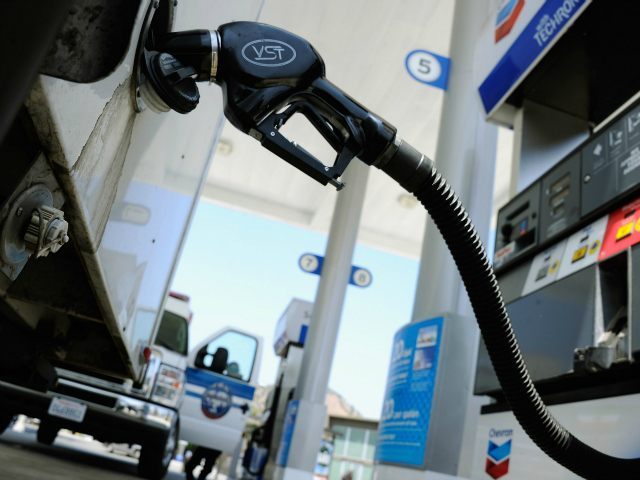Liberals should find a new respect for tax cuts, because cheaper gasoline prices are acting like a $1,500 “trickle-down” tax cut for every American household, goosing revenue at local restaurants, groceries, charities and retail stories.
The United States has gone through the most epic increase in government spending over the last seven years as the Obama administration conducted an experiment in “trickle-up” economics, in which an increase in consumer demand would be stimulated through government spending, funded by higher taxes on the wealthy.
To pay for his “trickle-up” spending, President Obama and the veto-proof Democrat Congress in December 2010 passed Obamacare, the biggest tax increase in U.S. history. According to the Obama Administration “static” economic models at the time, increases and decreases in federal tax rates would have no impact on economic economy.
But that seems clearly wrong, given that the U.S. economy is recovering at the worst rate of growth from a recession in seven decades, and the national debt has almost doubled to $19.1 trillion.
This grim story gets worse when adding to the debt the “stated” underfunding of federal employee and military pensions; retiree healthcare; the underfunding of Social Security; the underfunding of Medicare; and the commitments and contingencies guarantees the federal government has made. The net national debt is $65 trillion, according to David Walker, former head of the non-partisan Government Accountability Office from 1998 to 2008.
Despite average savings per American family of just $9,149, the average family’s share of the $65 trillion federal debt is $796,589, according to the U.S. Debt Clock. To pay off their share of all federal debts as if it were a 30-year mortgage at a 4.5 percent interest rate, each American family would need to make a $4,036.19 payment every month.
Liberals have tried wordsmithing away the obvious benefits of President Ronald Reagan’s lower tax rates that stimulate economic activity to generate higher labor demand and wages by calling them “trickle-down economics.”
But as Breitbart News reported, a 2012 study from Christina Romer, the Obama Administration’s first head of the Council of Economic Advisers, stated: “Tax increases appear to have a very large, sustained, and highly significant negative impact on output … [and] tax cuts have very large and persistent positive output effects.”
Luckily, the private sector has partly offset Obamas policies.
The American energy boom doubled U.S. oil production, cut gasoline prices, and created a quasi tax-cut worth about $1,500 a year for each average American household. That private sector triumph is stimulating the economy by allowing Americans to redirect roughly 80 percent of the gasoline price savings to spending on other household priorities.
Breitbart News calculates that for every penny decline in gasoline prices, American consumers are saving about $1 billion in energy costs. With average gasoline prices plunging from about $3.34 a gallon in 2013 to $1.77 a gallon on Feb 28, according to AAA, consumers are saving about $157 billion in annual gasoline spending.
Adjusting the 1986 Reagan tax cuts of $68.7 billion for 216 percent inflation equals about $148.7 billion today, fairly similar to the impact of the current crash in gasoline prices.
The JP Morgan Chase Institute estimates that from its huge national customer base of 57 million American credit and debit card holders, consumers will spend about 81 percent of their gasoline expenditures and save about 19 percent.
JP Morgan Chase warned that it will take time for households to become confident that savings from lower gasoline prices are here to stay. But the bank suggests the breakdown in trickle-down spending from lower gasoline prices will be: 18 percent at restaurants, 23 percent on services, 33 percent on non-durables, 10 percent on groceries, 6 percent on durable goods, 2 percent charitable donations and 8 percent “other.”

COMMENTS
Please let us know if you're having issues with commenting.